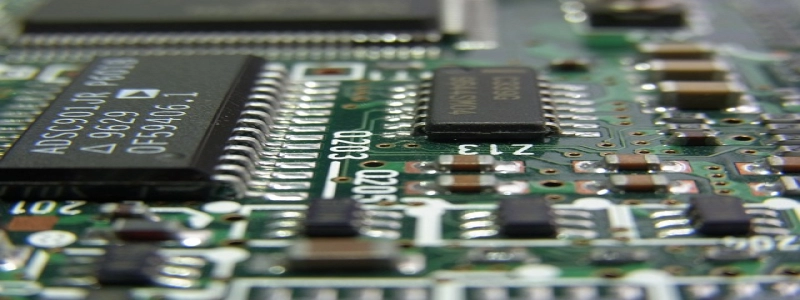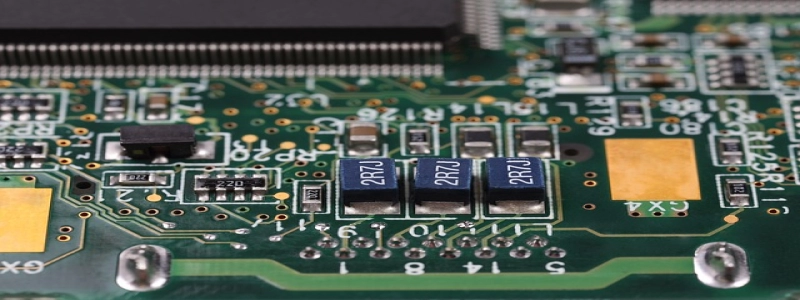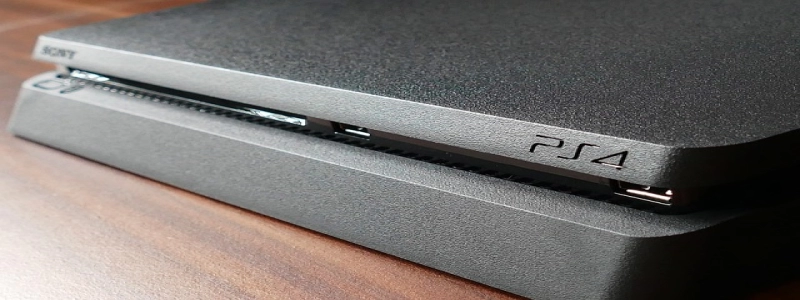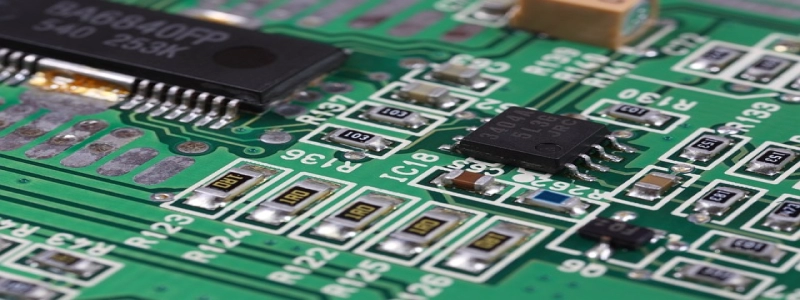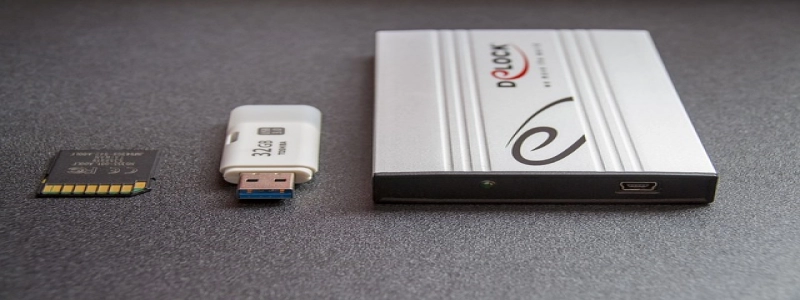Ethernet Compliance Testing
1. Introduction
1.1 What is Ethernet Compliance Testing?
1.2 Importance of Ethernet Compliance Testing
2. Ethernet Standards
2.1 Overview of Ethernet Standards
2.2 Ethernet Speeds and Protocols
3. Types of Ethernet Compliance Testing
3.1 Physical Layer Compliance Testing
3.1.1 Cable and Connector Testing
3.1.2 Signal Quality Testing
3.1.3 Power over Ethernet (PoE) Testing
3.1.4 Link Distance Testing
3.2 Protocol Compliance Testing
3.2.1 Ethernet Frame Structure Testing
3.2.2 Frame Integrity Testing
3.2.3 Network Performance Testing
4. Testing Methodologies
4.1 Compliance Testing Tools
4.2 Test Setup and Procedures
4.3 Test Result Analysis and Reporting
5. Benefits of Ethernet Compliance Testing
5.1 Ensuring Network Reliability
5.2 Minimizing Downtime
5.3 Interoperability and Compatibility
5.4 Compliance with Industry Standards
6. Challenges of Ethernet Compliance Testing
6.1 Rapidly Evolving Ethernet Standards
6.2 Increasing Network Complexity
6.3 Test Equipment Cost and Availability
7. Conclusion
7.1 The Importance of Ethernet Compliance Testing
7.2 Future Trends in Ethernet Compliance Testing
1. Introduction
1.1 What is Ethernet Compliance Testing?
Ethernet compliance testing refers to the process of verifying whether Ethernet devices, components, and networks adhere to the specified standards and protocols. It ensures that the devices and networks are compatible with each other and operate reliably.
1.2 Importance of Ethernet Compliance Testing
Ethernet compliance testing is crucial for ensuring the smooth operation of Ethernet networks. It helps identify any non-compliant components, devices, or network configurations that may cause performance issues or incompatibility problems. By conducting comprehensive compliance testing, network administrators can minimize downtime, enhance network reliability, and maintain compatibility with industry standards.
2. Ethernet Standards
2.1 Overview of Ethernet Standards
Ethernet standards define the protocols and specifications for the physical media, data link layer, and network layer of Ethernet networks. The standards are developed by the Institute of Electrical and Electronics Engineers (IEEE) and include popular variations such as IEEE 802.3, Ethernet II, and Fast Ethernet.
2.2 Ethernet Speeds and Protocols
Ethernet supports various speeds, including 10 Mbps (Ethernet), 100 Mbps (Fast Ethernet), 1 Gbps (Gigabit Ethernet), and 10 Gbps (10 Gigabit Ethernet). Each speed has its own set of protocols and specifications, such as 10BASE-T, 100BASE-TX, and 1000BASE-T.
3. Types of Ethernet Compliance Testing
3.1 Physical Layer Compliance Testing
Physical layer compliance testing focuses on verifying the integrity and performance of the physical components of Ethernet networks. It includes cable and connector testing, signal quality testing, power over Ethernet (PoE) testing, and link distance testing.
3.1.1 Cable and Connector Testing
Cable and connector testing ensures that the Ethernet cables and connectors meet the specified standards for performance, signal integrity, and electrical characteristics.
3.1.2 Signal Quality Testing
Signal quality testing examines the quality and integrity of the Ethernet signals transmitted through the cables, ensuring minimal noise, distortion, and attenuation.
3.1.3 Power over Ethernet (PoE) Testing
PoE testing verifies the compliance of devices that transmit and receive power over Ethernet cables, ensuring they adhere to the PoE standards and operate reliably.
3.1.4 Link Distance Testing
Link distance testing measures the maximum distance over which Ethernet signals can be successfully transmitted and received without degradation.
3.2 Protocol Compliance Testing
Protocol compliance testing focuses on verifying the adherence of Ethernet devices and networks to the specified protocols and frame structures. It ensures correct frame transmission, integrity, and network performance.
3.2.1 Ethernet Frame Structure Testing
Frame structure testing examines the format and structure of Ethernet frames, ensuring compliance with the specified frame size, header structure, and payload.
3.2.2 Frame Integrity Testing
Frame integrity testing verifies the proper transmission and reception of Ethernet frames, ensuring that the frames are not corrupted or dropped during transmission.
3.2.3 Network Performance Testing
Network performance testing measures the performance and throughput of Ethernet networks, ensuring they meet the specified standards for latency, bandwidth, and packet loss.
4. Testing Methodologies
4.1 Compliance Testing Tools
Ethernet compliance testing involves the use of specialized testing tools, including network analyzers, signal generators, oscilloscopes, power meters, and cable testers. These tools help capture, analyze, and measure Ethernet signals and performance parameters.
4.2 Test Setup and Procedures
Compliance testing requires a well-defined test setup, including the appropriate test equipment, network configurations, and test scenarios. Test procedures involve transmitting Ethernet frames, capturing and analyzing the received frames, and comparing the results against the specified standards.
4.3 Test Result Analysis and Reporting
After conducting the compliance tests, the test results are analyzed to determine if the tested devices or networks meet the specified standards. The test reports provide detailed information on any non-compliant areas, allowing network administrators to identify and address potential issues.
5. Benefits of Ethernet Compliance Testing
5.1 Ensuring Network Reliability
Ethernet compliance testing improves network reliability by verifying that the components and devices operate as intended. It helps identify potential issues that may cause network failures, errors, or performance degradation.
5.2 Minimizing Downtime
By detecting and resolving non-compliant elements, Ethernet compliance testing minimizes downtime and network disruptions. It allows network administrators to proactively address issues before they impact the network’s availability and performance.
5.3 Interoperability and Compatibility
Ethernet compliance testing ensures interoperability and compatibility among different devices and components, enabling seamless communication and integration within the network. It reduces the risk of compatibility issues that may hinder network functionality.
5.4 Compliance with Industry Standards
Compliance testing ensures that Ethernet networks adhere to industry standards, such as IEEE 802.3, which promotes uniformity and compatibility across different networks. Compliance with standards also facilitates the integration of Ethernet networks with other technologies and systems.
6. Challenges of Ethernet Compliance Testing
6.1 Rapidly Evolving Ethernet Standards
The ever-evolving nature of Ethernet standards poses challenges for compliance testing. Technological advancements and the introduction of new speeds and protocols make it necessary to regularly update testing methodologies and tools to keep up with the changes.
6.2 Increasing Network Complexity
Ethernet networks are becoming increasingly complex, with multiple devices, switches, routers, and protocols. Testing such intricate networks requires comprehensive testing strategies and advanced tools that can handle the complexity and diversity of modern networks.
6.3 Test Equipment Cost and Availability
High-quality and specialized test equipment for Ethernet compliance testing can be expensive and may not be readily available to all organizations. This can pose challenges, particularly for small businesses or organizations with limited resources.
7. Conclusion
7.1 The Importance of Ethernet Compliance Testing
Ethernet compliance testing plays a vital role in ensuring the reliability, compatibility, and performance of Ethernet networks. By conducting thorough physical layer and protocol compliance testing, organizations can enhance network efficiency, minimize downtime, and comply with industry standards.
7.2 Future Trends in Ethernet Compliance Testing
As Ethernet technologies continue to evolve, compliance testing will need to adapt to new speeds, protocols, and network configurations. The integration of emerging technologies such as Internet of Things (IoT) and 5G will require testing methodologies to account for the unique requirements of these applications. Additionally, advancements in automation and remote testing capabilities may streamline the compliance testing process and improve its accessibility.



